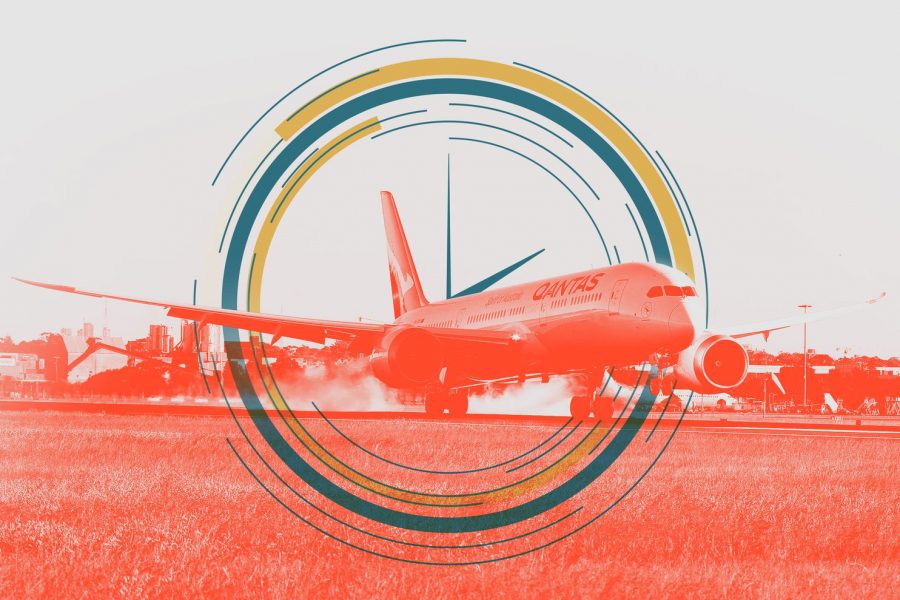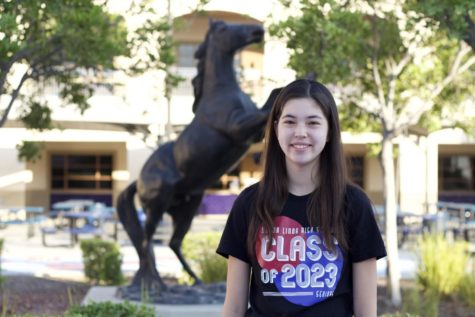The World’s Longest Flight from New York to Sydney
Courtesy to the Washington Post
The image shows the Boeing 787 Dreamliner, which is the plane flown on the non-stop flight from New York to Sydney.
November 8, 2019
When asked what it would be like on the world’s longest flight, many people would probably have the same response as Analise Hopper (9), who explains, “it would be extremely boring and tiring to sit in one spot for such a long time, so I would have to binge watch movies for the entire flight.” Passengers aboard the Boeing 787 Dreamliner probably felt the same way, with the exception of being monitored for the entire flight.
Qantas Airways launched this flight from New York on Friday October 18, which touched down in Sydney on Sunday, October 20. This flight was not only the longest flight in history, but it was also a non-stop test by the University of Sydney to reduce fatigue and jet lag when traveling long distances. According to Time Magazines, the demand for jet lag therapy has increased by six percent each year, and with the test results from this flight, it may be possible to keep long-distance travelers from becoming jet lagged.
The flight took exactly 19 hours and 16 minutes to get from New York to Sydney. Forty passengers sitting in business class were monitored during the flight, along with four pilots who took turns sleeping. Scientists from the University of Sydney tracked the brain waves of the passengers and crew to observe changes in brain activity during the flight. The moment the passengers boarded the plane, they were told to adjust to Sydney’s time, which is 15 hours ahead of New York. Their internal body clocks changed, but with the help of the monitored activities, passengers were able to have an easier time adapting to the new time zone.
According to NBC News, passenger Tom Costello recalls how passengers were given spicy foods to keep them from dozing off and were occasionally told to do different exercises. All of the passengers performed these exercises together, whether it be stretching or dancing to the “Macarena.” However, if a passenger happened to be sleeping when it was time for an exercise, crew members would allow the passenger to do what they were most comfortable with.
In addition to adjusting to food that the passengers ate, the temperatures and cabin lighting were also regulated throughout the flight to fit the passenger activity. The cabin was colder and brighter when passengers were awake and warmer and darker when passengers were sleeping.
After fighting to stay awake for several hours, passengers were finally told to rest for the remainder of the flight. When the aircraft landed in Sydney, passengers left feeling better than they would have without the onboard activities. With knowledge from this flight and help from the University of Sydney, passenger health when traveling long distances is better understood and can thus be remedied. Jet lag could still be a problem for frequent travelers, but ways to avoid this is clearer, thanks to this 19 hour flight.



































